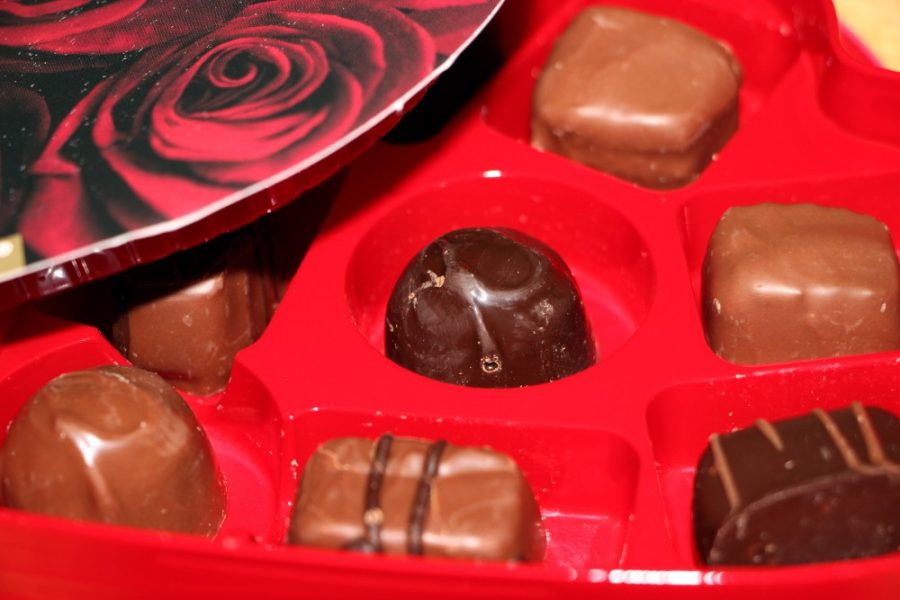In fairy tales, medieval romances and even the “Harry Potter” series, using a love potion generally doesn’t lead to a happy ending. However, as Valentine’s Day approaches, many may be wondering if there is some truth to the tales of romance-eliciting elixirs.
Take the legend of Tristan and Isolde, for example. The couple accidentally ingest a love potion before Isolde’s wedding to another man. When their affair is discovered, Tristan is forced to flee, leaving the lovers to suffer from the separation for the rest of their lives.
“This is a great example of how poets use love potions,” said Albrecht Classen, a UA professor in the department of German studies who teaches a course on love and eroticism in the middle ages. “[The love potions] cause problems because the love is beyond this world.”
It turns out that there may be a modern-day equivalent to the medieval potion, and it happens to be an increasingly popular food consumed on Valentine’s Day: chocolate.
Chocolate contains two specific chemicals that pertain to sex, according to a study published in the South African Journal of Clinical Nutrition in 2008. The first is phenylethylamine, a chemical released in the brain when people fall in love, and the second is tryptophan, which activates serotonin, a chemical that plays a significant role in sexual arousal. According to the study, the consumption of chocolate also stimulates the hypothalamus, the part of the brain that releases the serotonin, which leads to the sensation of pleasure.
Chocolate is considered an aphrodisiac because it contains these chemicals. However, experts are uncertain about the romantic effect of the dessert.
“I don’t think there is anything special about chocolate, but the act of giving or receiving chocolate is special,” said Aaron Tesch, the co-program director of the UA South psychology department.
“Anything can be an aphrodisiac if you pair it with sex.”
Although chocolate is perhaps the most popular aphrodisiac, many other foods are said to increase sexual arousal. Foods like walnuts and lobster and beverages like alcohol are also considered to be aphrodisiacs, according to the study in the South African Journal of Clinical Nutrition.
Tesch compared the consumption of aphrodisiacs like chocolate to Pavlovian conditioning , otherwise known as classical conditioning, which involves training someone to respond to a stimulus in a new way.
“If you pair chocolate with sex, then chocolate is going to be a signal to get aroused,” Tesch said.
Although chocolate might not be a true aphrodisiac, giving your significant other a box of chocolates on Valentine’s Day is much more practical — and far less tragic — than any romance involving a love potion.









